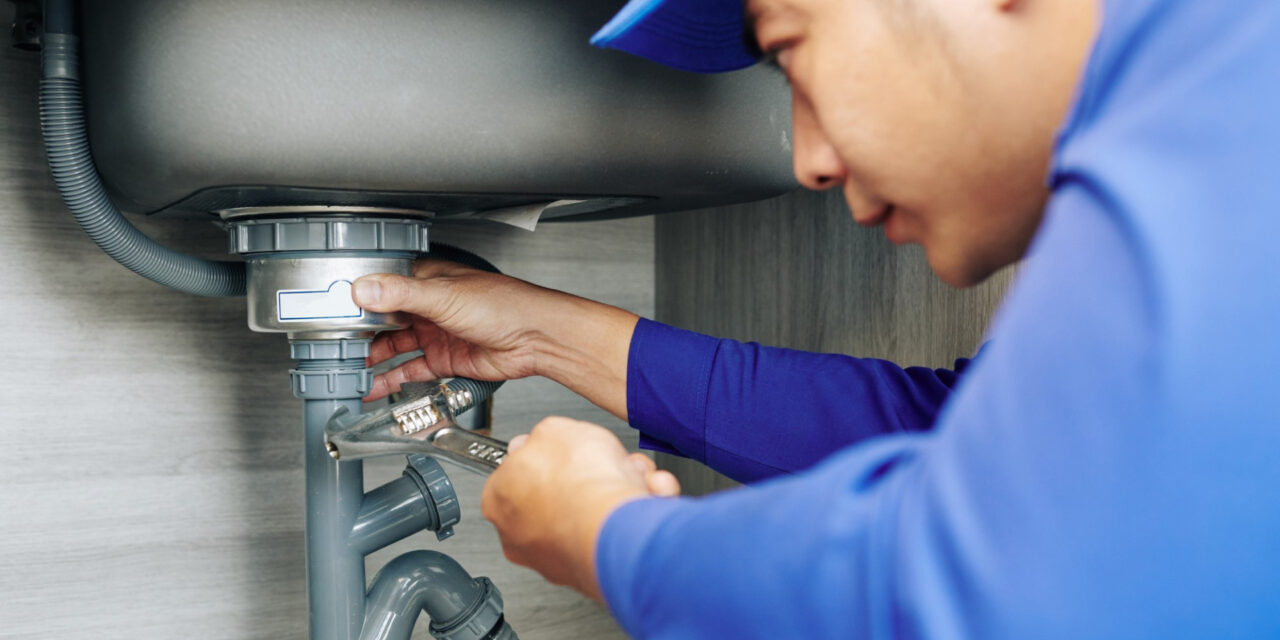Overview To Water Leakage Detection At Home
Overview To Water Leakage Detection At Home
Blog Article
We've found this post relating to Hacks to detect leaks below on the internet and concluded it made good sense to talk about it with you on this site.

Early discovery of dripping water lines can alleviate a possible calamity. Some tiny water leaks might not be visible.
1. Take A Look At the Water Meter
Every home has a water meter. Checking it is a proven manner in which assists you discover leakages. For starters, shut off all the water sources. Make sure no person will flush, use the tap, shower, run the washing machine or dish washer. From there, go to the meter and watch if it will transform. Considering that no one is utilizing it, there ought to be no movements. If it moves, that suggests a fast-moving leakage. Furthermore, if you spot no changes, wait a hr or 2 and also inspect back once more. This suggests you may have a sluggish leak that might even be below ground.
2. Inspect Water Consumption
If you spot unexpected adjustments, regardless of your consumption being the same, it implies that you have leakages in your plumbing system. An abrupt spike in your costs indicates a fast-moving leak.
A stable increase every month, also with the same routines, reveals you have a sluggish leak that's additionally gradually intensifying. Call a plumber to extensively examine your home, particularly if you feel a cozy area on your flooring with piping below.
3. Do a Food Coloring Examination
When it comes to water usage, 30% comes from commodes. If the color somehow infiltrates your bowl during that time without flushing, there's a leak in between the tank as well as bowl.
4. Asses Outside Lines
Don't fail to remember to check your exterior water lines too. Test faucets by affixing a garden pipe. Must water leak out of the link, you have a loose rubber gasket. Change this and also guarantee all links are tight. If you've got a sprinkler system, it will help get it properly analyzed and preserved each year. One little leakage can throw away lots of water as well as increase your water costs.
5. Examine as well as Analyze the Situation
House owners ought to make it a practice to check under the sink counters and also even inside cabinets for any kind of bad odor or mold and mildew growth. These 2 warnings indicate a leak so timely attention is called for. Doing routine examinations, even bi-annually, can save you from a major problem.
Check for discolorations and also damaging as a lot of home appliances and also pipelines have a life expectations. If you think leaking water lines in your plumbing system, don't wait for it to rise.
Early discovery of dripping water lines can reduce a prospective calamity. Some little water leakages may not be noticeable. Checking it is a guaranteed method that assists you find leaks. One tiny leakage can throw away bunches of water and also surge your water costs.
If you presume dripping water lines in your plumbing system, don't wait for it to rise.
How to Know If Your Home Has a Hidden Leak
Water Meter Reveals Inexplicable Water Usage
If you’d like to test whether or not there’s a leak somewhere in your home, you can do this using your water meter. Here is how to conduct the test:
Don’t use any water in your home for at least 30 minutes; this also means not turning on faucets or water-using appliances.
Go outside, and check your water meter for activity.
If your water meter shows that there was activity, even though no one was using any water, this proves that there is a leak in your home.Visible Mold or Mildew Growth
Leaks behind walls create moist, dark environments that allow mold and mildew to grow and thrive. Eventually, you might see mold growth forming on the wall closest to a hidden leak.
If mold is growing in an area that receives a high amount of moisture, such as a bathroom, it may simply be an indication that better ventilation is needed. However, if you see mold growth on a wall or the ceiling in an area where you would not expect, you probably have a hidden leak.
Musty, Mildew Odor
Sometimes you might not be able to see the mold or mildew that is growing as a result of a leak. However, the smell can give the problem away just as easily. If you catch a whiff of something musty, there’s a good chance that old water is collecting somewhere in your home that you can’t see.
Stained/Warped Walls, Ceilings, or Floors
When your home soaks up water, a variety of red flags can become visible, including ceiling stains, bubbling drywall, warped walls, and sagging floors. While these issues can be caused by excess humidity, they can also be signs that a pipe or plumbing connection has started leaking behind your walls.
Inexplicably High Water Bill
After a while, you get a general sense for what your water bill should be. If you own a pool or sprinkler system, your bill will tend to be higher during summer. However, if you receive a water bill that seems especially high, and you can’t figure out what caused it, then you may have a hidden leak somewhere that’s increasing your bill.
https://www.plumbingjoint.com/blog/2019/july/how-to-know-if-your-home-has-a-hidden-leak/

We were guided to that editorial about Detecting hidden plumbing leaks from an acquaintance on another site. Are you aware of anybody else who is looking into the topic? Please feel free to promote it. Many thanks for taking the time to read it.
Report this page